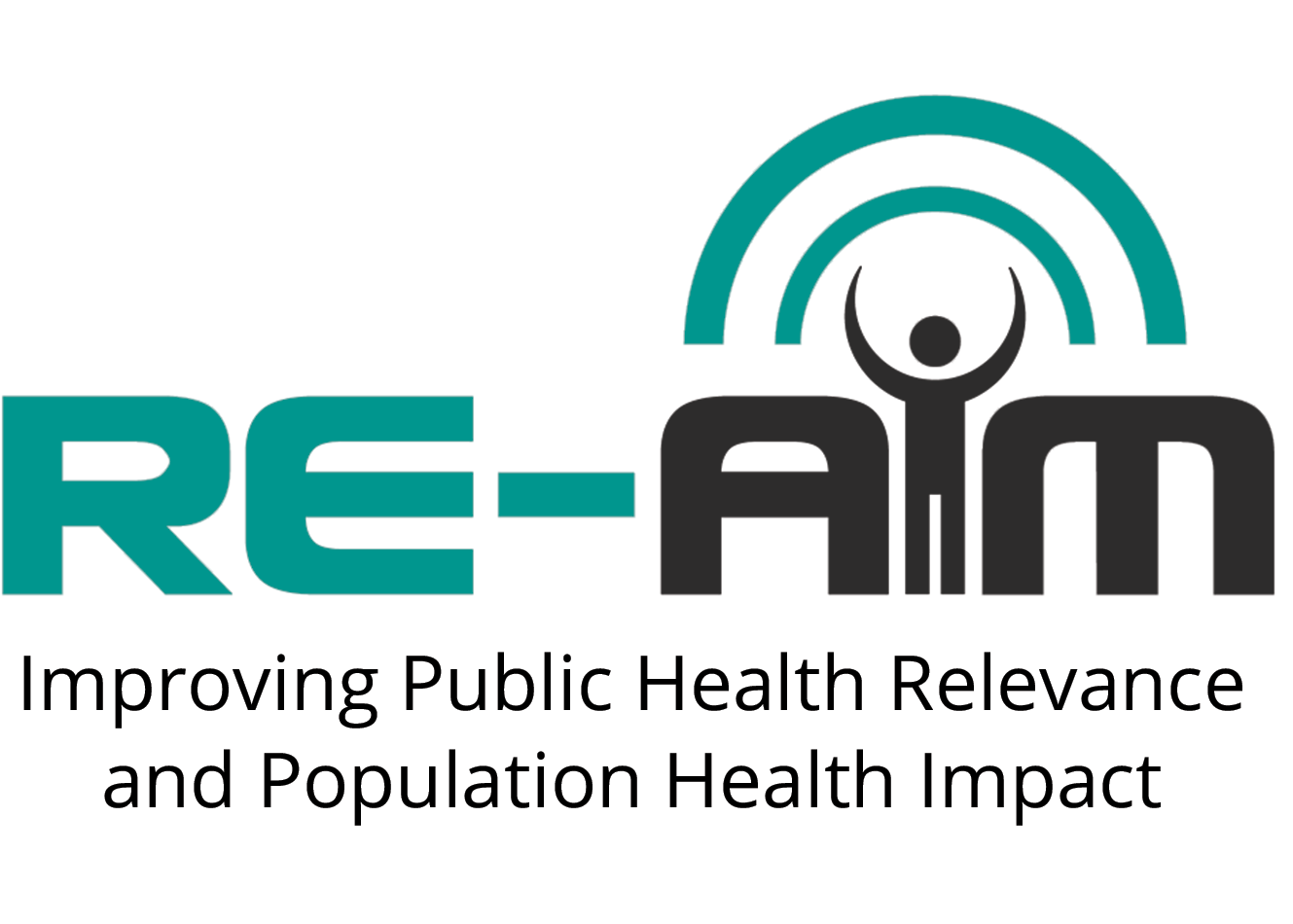Aug. 3, 2013 – Welcome to RE-AIM.org,
We are a little overdue in reviewing two recent articles that contribute to the evolution of the RE-AIM framework; one through evaluating RE-AIM based National Institutes of Health grant proposals (Kessler et al., 2012) and the other evaluating empirical RE-AIM studies (Gaglio et al., 2013).
The novel approach for Gaglio et al.’s work is that, unlike some other reviews (1, 2, 3), this study evaluated interventions that specifically cited RE-AIM as their conceptual model. The articles in the review included an array of behavioral outcomes. Only 62% of the articles reported on all five dimensions. Further, the fidelity to each dimension varied. While studies did not have to use all five dimensions to be included in the review, the general recommendation from RE-AIM is that more consistent and clear reporting across more dimensions is always better. And, when not reporting on a specific dimension, authors need to justify the exclusion of that dimension.
In a similar vein, Kessler et al. evaluated the degree to which grant proposals that intended to use RE-AIM were in alignment with the five dimensions. Interestingly enough, less than 10% of the grant proposals used consistent measures across all five dimensions. By proposing to use RE-AIM one might anticipate higher fidelity to the conceptual nuances of RE-AIM; perhaps indicating that there is a greater need for training and transparency on what it means to “fully employ the RE-AIM Framework.”
These two articles are important to consider as we expand the reach of RE-AIM into our own conceptual tool boxes. As we aim to disseminate our findings, we should consider each element within each dimension (including the cost of development, implementation, evaluation, and sustainability!). While attempting to move into more pragmatic trial design types, we need to be cognizant of the need to include mediation and moderation analyses in order to replicate and generalize the findings. On a final note, capturing rich, qualitative data may also provide readers with a more in-depth account of the intervention.
Until next time,
Samantha Harden and the RE-AIM Team
